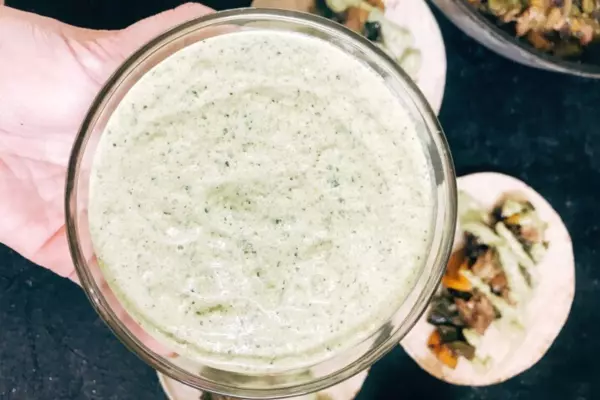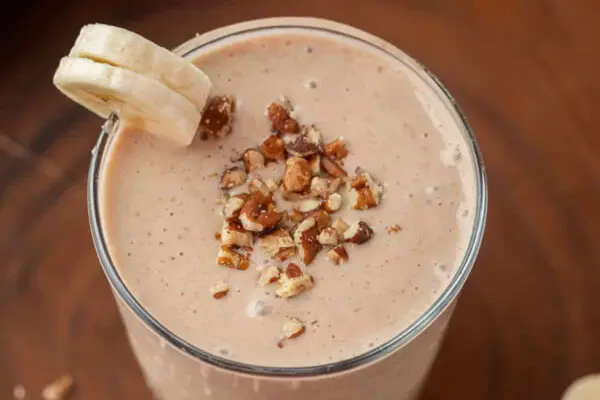Sure! Here is a possible introduction for a blog post about freezing stuffing:
Are you trying to save time on Thanksgiving prep this year? One way to do it is to make your stuffing and freeze it until the big day. But can you freeze stuffing safely, and will it still taste good after thawing?
This blog post will explore the feasibility and best practices for freezing stuffing. We will also provide some tips for reheating frozen stuffing, so you can decide if this is a good option. So, if you are wondering, “can you freeze stuffing?” this post is for you.
Can You Freeze Stuffing?
Yes, you can freeze stuffing. Stuffing is a dish made of bread or another type of grain, vegetables, and often meat or other ingredients, and it is a common side dish at Thanksgiving and other holiday dinners.
If you want to save time on your holiday meal prep, you can make your stuffing in advance and freeze it until you are ready to use it.
To freeze stuffing, you should first allow it to cool completely. Then, transfer it to an airtight container or wrap it tightly in plastic or aluminum foil.
How Long Can Stuffing Last In The Freezer?
Stuffing can last in the freezer for up to 3 months. Proper storage and handling are important to ensure that the stuffing stays fresh and safe to eat.
Is It Better To Freeze Stuffing Cooked Or Uncooked?
It is generally better to freeze cooked stuffing rather than uncooked stuffing. Cooked stuffing has already been through the cooking process, which helps to kill any harmful bacteria that may be present in the ingredients.
Freezing cooked stuffing can help to preserve its flavor and texture, and it is generally safer to eat after thawing.

How Do You Defrost Stuffing?
There are a few different ways to defrost stuffing:
Refrigerator Method
Place the frozen stuffing in the refrigerator for several hours or overnight to thaw.
This is the safest and most effective method, allowing the stuffing to thaw slowly and evenly. However, it does take longer than the other methods.
Microwave Method
Remove the stuffing from its packaging and place it in a microwave-safe dish. Defrost the stuffing in the microwave on the defrost setting or on low power in 30-second intervals, stirring it occasionally, until it is fully thawed.
Cold Water Method
Place the frozen stuffing in a leak-proof bag and submerge it in a bowl of cold water.
Change the water every 30 minutes to keep it cold, and allow the stuffing to thaw for about an hour or until it is fully defrosted.
No matter which method you choose, it is important to ensure that the stuffing is thawed evenly and completely before reheating it.
To check if the stuffing is fully thawed, insert a thermometer into the center of the dish. The internal temperature should be at least 40°F (4°C).
How Do You Reheat Frozen Stuffing?
To reheat frozen stuffing, you will first need to defrost it. You can defrost the stuffing in the refrigerator for several hours or overnight or use the microwave or cold water method to defrost it more quickly.
Make sure that the stuffing is thawed evenly and completely before proceeding with the reheating process.
Once the stuffing is fully thawed, you can reheat it in the oven or on the stovetop. Here are the steps for both methods:
1. Oven Method
Preheat the oven to 350°F (175°C). Transfer the thawed stuffing to a baking dish and cover it with foil.
Bake the stuffing for 20-30 minutes until it is heated through and reaches a safe internal temperature of at least 165°F (74°C). If the stuffing is dry, you can add a little broth or water to moisten it before baking.
2. Stovetop Method
Transfer the thawed stuffing to a pot or saucepan. Heat the stuffing over medium heat, frequently stirring, until it is heated through and reaches a safe internal temperature of at least 165°F (74°C). If the stuffing is dry, you can add a little broth or water to moisten it before heating.
Conclusion
Stuffing can be frozen and thawed for later use. While some texture and moisture loss may occur, it can still be a convenient option for those who want to make their stuffing ahead of time or have leftovers.
It is important to properly store the stuffing in an airtight container and to thaw it in the refrigerator before reheating. Overall, freezing stuffing is a viable option and can help to save time and reduce food waste in the kitchen.
- Jet’s Ranch Recipe: Make The Famous Dip At Home - April 12, 2025
- James Hemings Macaroni And Cheese Recipe – History On A Plate - April 3, 2025
- French Dip Squares Recipe – Better Than A Sandwich! - March 25, 2025


